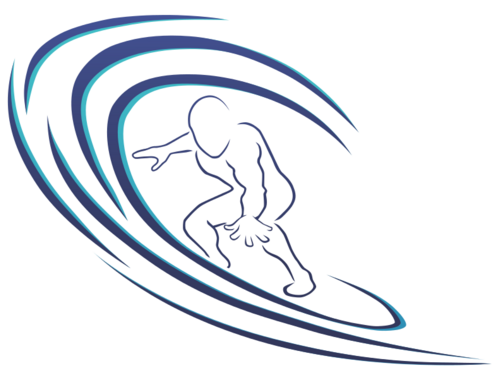 bioDensity Osteogenesis
bioDensity Osteogenesis
The bioDensity system stimulates bone regeneration as well as builds muscle strength, providing a safe, effective exercise alternative for those diagnosed with osteoporosis.
Offered by
Walter O’Brien, MD
Michael Sheps, DC
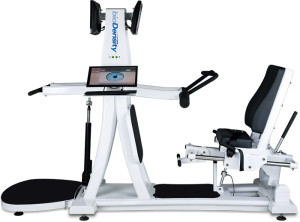 At Pacific Coast Sports Medicine, we have developed a scientifically based osteoporosis prevention and treatment program as part of our Regenerative Orthopedics mission. The cornerstone of the exercise component of our program is the cutting-edge bioDensity system. Our bone-rebuilding program adjuncts the bioDensity system by adding other bone-stimulating exercises and treatments to naturally induce bone formation without drugs. Osteoporosis is a progressive bone disease in which bone density decreases over time. Bone mineral density (BMD) and bone strength are directly related; when BMD is low, bones are at increased risk of fracture.
At Pacific Coast Sports Medicine, we have developed a scientifically based osteoporosis prevention and treatment program as part of our Regenerative Orthopedics mission. The cornerstone of the exercise component of our program is the cutting-edge bioDensity system. Our bone-rebuilding program adjuncts the bioDensity system by adding other bone-stimulating exercises and treatments to naturally induce bone formation without drugs. Osteoporosis is a progressive bone disease in which bone density decreases over time. Bone mineral density (BMD) and bone strength are directly related; when BMD is low, bones are at increased risk of fracture.
Those with osteoporosis can participate in the bioDensity exercises without any risk of fracture.
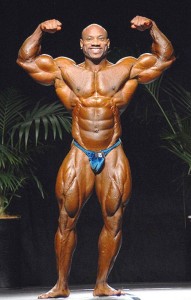 For osteoporotic and osteopenic (pre-osteoporosis) patients, load-bearing exercise is often recommended in order to improve BMD. Activities like running, jumping, and resistance training place greater than usual loads on our musculoskeletal system. These weight-bearing activities stimulate bone formation causing bones to build in strength, making exercise beneficial. On the other hand, the same excess stress on already weakened bones can result in bone fracture and can potentially damage joint structures. In other words, the same weight-bearing exercise that serves as a treatment can also injure bones and joints.
For osteoporotic and osteopenic (pre-osteoporosis) patients, load-bearing exercise is often recommended in order to improve BMD. Activities like running, jumping, and resistance training place greater than usual loads on our musculoskeletal system. These weight-bearing activities stimulate bone formation causing bones to build in strength, making exercise beneficial. On the other hand, the same excess stress on already weakened bones can result in bone fracture and can potentially damage joint structures. In other words, the same weight-bearing exercise that serves as a treatment can also injure bones and joints.
How does bioDensity achieve increases in muscle and bone strength without placing risk of fracture on the bones?
The bioDensity serves as a preventative solution and conditioning exercise system for those who need to increase bone mass and muscle strength without the added risk that comes with conventional exercise (3). This osteogenic—or bone remodeling—stimulation is achieved through maximal isometric muscle contractions, as opposed to impact forces that come with traditional weight-bearing exercises (2,4). An isometric muscle contraction is simply a static exercise in which the joint angles of the body and the lengths of the muscles do not change (e.g. pushing against a wall or pulling an object that is bolted to the ground).
Osteoporotic patients are able to maximally engage large muscle groups, as well as generate maximal muscle contractions at loads that are multiples of their body weight in an extremely safe manner (1).
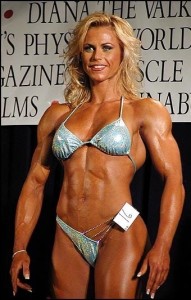 These muscle contractions stimulate regenerative bone processes, causing BMD and bone strength to increase. The bioDensity system consists of four exercises that are performed five seconds each (20 seconds total!).
These muscle contractions stimulate regenerative bone processes, causing BMD and bone strength to increase. The bioDensity system consists of four exercises that are performed five seconds each (20 seconds total!).
The exercises mimic the positions of impact that one would naturally rely upon when experiencing a fall or landing from a jump:
- Chest Pull
- Core Pull
- Leg Press
- Vertical Lift
Each exercise is “self-induced,” meaning that the patient has full control over the amount of effort or exertion put forth.
These isometric exercises are performed at the individual’s optimized joint angles to achieve maximum force production. This allows patients “to safely elicit a high intensity osteogenic stimulus and neuromuscular load that is unachievable (safely) with more conventional forms of [resistance training]” (2,5). Research has demonstrated that the forces applied and generated using bioDensity are not only safer than conventional exercise programs, but are also far greater (4). It is not uncommon for a patient to generate 1,200 pounds of force on the device (1)!
Over 500,000 bioDensity workouts have been collected, analyzed, and refined since 2013.
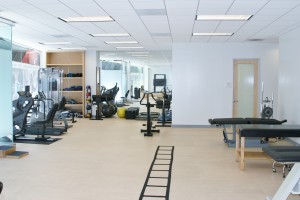 The accumulated data is used to perfect the algorithms and work-to-rest ratios to best increase bone and muscle strength. After nine weeks of treatment, the average patient improves his or her force production by 90%. Results from the large database show that clients have bone density gains averaging over 7% after one year of using the bioDensity system (1,3). In the world of osteoporosis treatment, these results are groundbreaking.
The accumulated data is used to perfect the algorithms and work-to-rest ratios to best increase bone and muscle strength. After nine weeks of treatment, the average patient improves his or her force production by 90%. Results from the large database show that clients have bone density gains averaging over 7% after one year of using the bioDensity system (1,3). In the world of osteoporosis treatment, these results are groundbreaking.
Patients receive real-time feedback from a screen that shows how much force they are currently generating, as well as the amount they achieved at their previous session. The patient’s session results are added to the bioDensity database in order to track the intensity and progression over the course of the treatment program and hard copies are generated.
At Pacific Coast Sports Medicine you can achieve unprecedented improvements in your osteoporosis and in a safe manner. The bioDensity system is one aspect of our comprehensive osteoporosis prevention and treatment program that produces amazing results. Consult our Regenerative Orthopedic clinicians to see if the bioDensity system could improve your bone health.
- Conviser J, Jaquish J. “Osteogenic Loading & bioDensity Lecture—Medical Wellness Association 2013.” Video. https://www.youtube.com/watch?v=Hf1OpWEgZyE. Accessed January 23, 2015. Published October 17, 2013.
- Dai B, Heinbaugh EM, Moynes RC, Rockey SS, Smith DT. The relationships of force generation between bioDensity training and similar athletic tasks. Poster at American Society of Biomechanics Meeting, Omaha, NE. 2013.
- Ellis G. bioDensity Isometric Technology Conceptual Framework. http://www.sportspeople.com.au/sp/position/getfile.asp?FileID=4177. Accessed November 18, 2014.
- Jaquish J. Multiple-of-bodyweight axial bone loading using novel exercise intervention with and without bisphosphonate use for osteogenic adaptation. Osteoporosis Int. 2013;198(24 Supplement 4):S594-S595.
- Smith DT, Moynes RA, Rockey SS, Conviser J, Skinner JS. BioDensity: a novel resistance training approach and learning effects in 1,685 males and 2,689 females. J Nov Physiother. 2014;4(3):1000215.
CLICK HERE for bioDensity website
